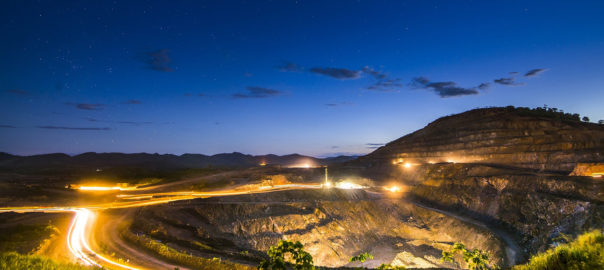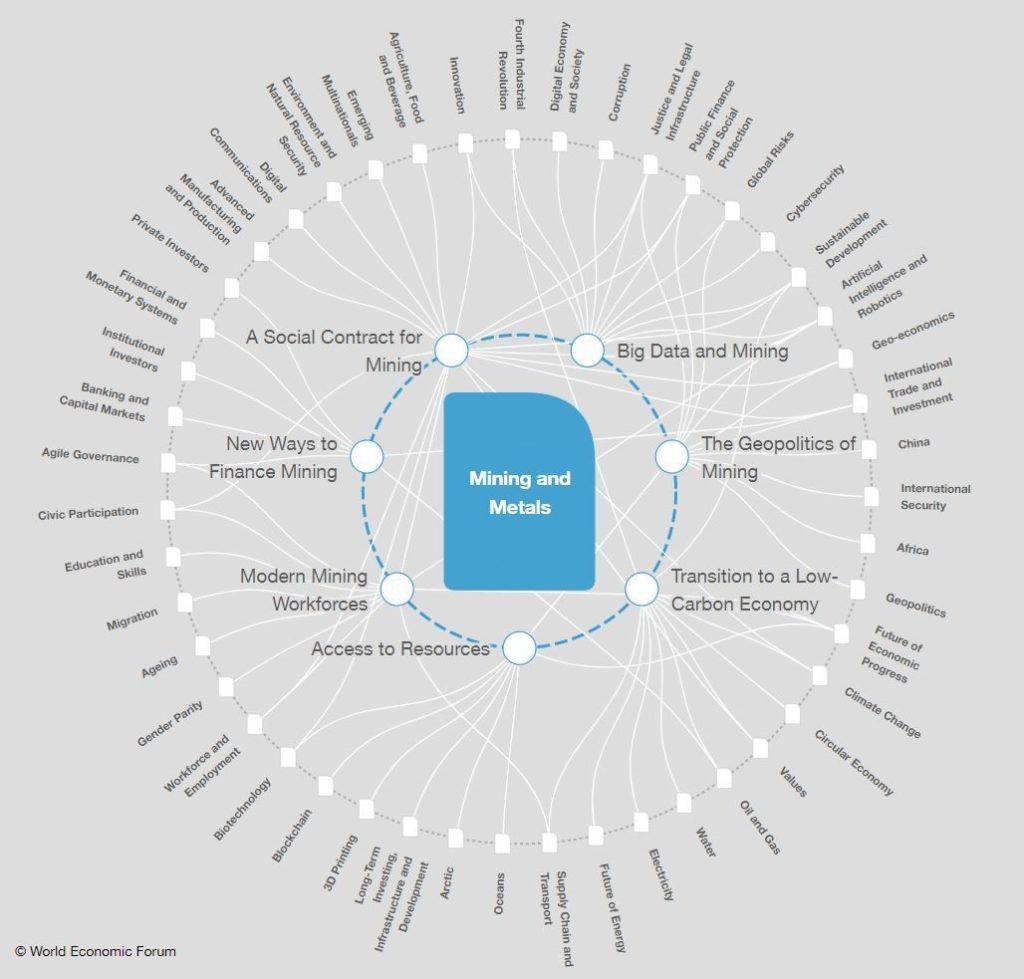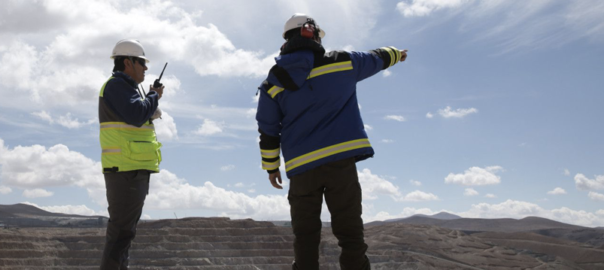Private equity firms might not be the most obvious port of call for companies in need of the technical skillsets to transition ‘projects’ to ‘mines’, but, in recent years, Appian Capital Advisory LLP has shown the industry that it has all the credentials to help with this transition.
The firm, headquartered in London but calling on expertise from across the globe, has just completed divestments of the Santa Rita nickel mine and the Serrote copper mine, both in Brazil.
Sibanye-Stillwater, the purchaser, agreed to pay Appian $1 billion, plus a 5% net smelter return (NSR) royalty over potential future underground production at Santa Rita, for the assets, with the private equity firm, in the process, pocketing a pretty profit.
In 2018, Appian acquired Atlantic Nickel (owner of Santa Rita) out of bankruptcy for $68 million and Mineração Vale Verde, the owner of Serrote, for $40 million.
It reoriented the former large-scale open-pit mine into a much more conservative – and profitable – mine able to produce around 20,000-25,000 t/y of contained nickel sulphide equivalent. It also carried out extensive drilling to showcase its underground potential, prolonging its mine life.
The plans at Serrote, meanwhile, were re-evaluated in a DFS. Having completed project construction and commissioning ahead of schedule and under budget, the mine is now ramping up to nameplate capacity of 20,000 t/y of copper equivalent.
These two divestments represent the fourth and fifth portfolio sales the company completed this year. The others included the sale of its 13.2% interest in West Africa-focused gold company Roxgold to Fortuna Silver Mines, the sale of its 0.28% NSR royalty over the large-scale Caserones copper mine in Chile and the repayment of a royalty Appian held over Peak Resources’ Ngualla rare earth project in Tanzania.
The diversity of these asset exits is indicative of how well-versed mining-focused Appian is in the sector’s ‘hot commodities’, but there is more to appreciate here than purely financial gains and well-timed acquisitions and divestments.
“People know that not all money is created equal,” Michael W Scherb, Founder and CEO of Appian (pictured), told IM. “We have a team that is able to solve specific operational challenges – we can call on specialists to solve problems on the process flowsheet side, for instance – while providing financial advice to avoid expensive streams and set assets up for profitability.”
Scherb’s words are backed up by a solid track record: seven of nine investments it has made have resulted in mine builds. Its divestments have also provided healthy returns.
The company has been able to do this by recruiting industry specialists – mining and finance – and educating them on the facets they need to succeed in both the private equity and mining world.
“People that join Appian need to be multi-faceted,” Scherb said. “We get mining folks to think like investors and vice versa,” he said.
This has seen them build a project review team populated with former consultants and an operations team full of mine personnel with operational experience.
“We then get all personnel to cross-train across these teams to avoid any siloed disciplines,” Scherb explained.
Take Santa Rita as an example of where this expertise paid off.
The company carried out a six-month due diligence process on Santa Rita, which led to the development of a more defensive and low-cost mine plan able to see the asset through nickel price peaks and troughs – in stark contrast to the plan former operator Mirabela Nickel had for the asset.
Among the operating changes implemented were the use of a smaller, locally procured equipment fleet of 40 t trucks (Santa Rita previously used Caterpillar 777 90 t and 785 137 t payload trucks), the use of shorter benches and tighter blasting patterns.

This resulted in better grade and fragmentation control, improving the feed to the crusher.
It also defined a significant underground resource base at the mine, which it will still be leveraged to thanks to the NSR royalty.
Such moves were based on exploiting the nickel sulphides at Santa Rita. This reoriented focus aligned with the industry preference for nickel tied to the battery materials space, which eventually paid off with the amount of interest in the asset.
This blend of technical and financial expertise has served the company – and any company it has an interest in – well. Backed by a long-term investment philosophy where its funds are 12 years in duration, the company can make moves aligned with the realities and timelines associated with turning assets into mines.
The next asset on the Appian books likely to move into construction-ready territory is Kalbar Operations’ Fingerboards mineral sands project, which focuses on the Glenaladale deposit, about 20 km northwest of Bairnsdale in Victoria, Australia.
Scherb said this project will be “build-ready” very soon, explaining that it is currently going through the permitting stage.
The project has the potential to be one of the world’s major producers of zircon, ilmenite, rutile and rare earths, and Kalbar is proposing an investment of over A$200 million ($148 million) in the development of a project able to produce around 575,000 t/y of heavy mineral concentrate over 15-20 years.
Scherb said Appian is keen to further pursue commodities associated with the electrification of industry, but he is aware of the premiums that may come with these deals.
“A lot of money has flooded into the battery metals,” he said. “We can be patient and are starting to look earlier stage in some investments.”
“Earlier stage” still has the potential to be producing in four- or five-year’s time, he clarified.
What’s clear is that the Appian team is gaining widespread recognition, with Scherb saying larger mining companies are starting to approach them with proposals that would see Appian gain operational control of assets, realising the firm has the right blend of “operational skill” and “value principles” to succeed.
Having acknowledged a skills shortage across the sector – one Appian is doing its bit to tackle with internship programs with universities in Canada, the UK and Australia – Scherb was confident the company’s talent would be retained and, ultimately, grow.
“In terms of talent retention, we at Appian offer experience of reviewing many different assets at different times in their lifecycle,” he said. “If you’re in-house at a mining company, you run the ruler over the same assets, stress testing them against different scenarios. We offer our teams variety that they cannot get in many places.
“At the same time, our structure means employees invest directly in companies to ensure they are correctly incentivised. This means they get to share in the profits.”
With plans to make one-to-three investments per year – along with the same number of exits – and expectations of committing its latest $775 million fund within the next two quarters, expect to hear more from Appian into 2022.










